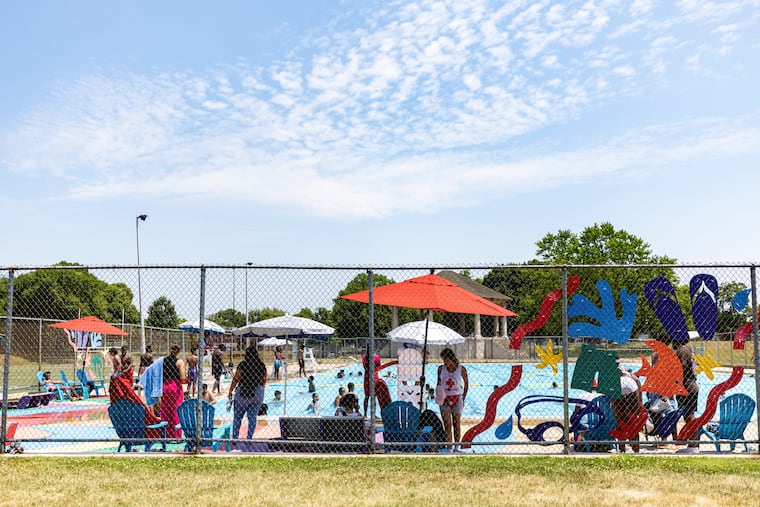Philly’s longest stretch in a century without a 100-degree day could end this week
The heat is due to endure into the weekend, and after a short break, more heat is possible at the end of the month into July.

The heat is due to endure into the weekend, and after a short break, more heat is possible at the end of the month into July.
